Is All Press Good Press?
Maybe not. The recent conversation surrounding the Instagram page Elite Oregon Girls is yet another example of the struggles female athletes face to receive media attention
Female athletes have long been portrayed differently than their male counterparts.
For decades now, female athletes have experienced significantly less TV air time, been featured in fewer news articles, and received less media coverage than male athletes. A USC/Purdue study published on March 24 found that 95% of TV coverage focused on men’s sports in 2019. This lack of representation has sparked an uprising in women advocating for equal opportunities, increased pay, and better recognition. High school athletics is often no different, as female teams often get less attention than male teams at their school, regardless of talent.
Eric Watkins, a preschool teacher in his late 20’s, wanted to change the lack of representation women were experiencing, so he took to Instagram and started a page called @EliteOregonGirls, that focused on covering female sports at the high school level. The Instagram page gained around 9,100 followers and consisted of over 3,000 posts strictly dedicated to high school female athletes in Oregon. Watkins photographed nearly all sports, from water polo to basketball. He often hosted Instagram live streams to discuss his thoughts on upcoming seasons and players.
At first, the recognition from Elite Oregon Girls was refreshing, especially for teams who had not experienced much media coverage. Such exposure, however, came at a price. His overly friendly messages and far too many heart emojis made many young women feel uncomfortable. According to Grant Magazine, a high school newspaper in Portland Oregon, Watkins told a student, “I can talk to your dad and convince him to let you come with me to Ohio” when exchanging direct messages about attending an upcoming game. In a story reply to a different girl Watkins wrote, “I love it! You look beautiful!” followed by a heart emoji. These two messages are just the beginning of the many unsettling exchanges Watkins had with teenage girls.
Summit High School junior Ainslie Knox was directly messaged by the account back in 2021 after a cross-country race. Watkins was inquiring about the Summits Women’s Cross Country Team and their first race of the season.
“He seemed super nice at first and he just wanted to know about our recent win, but then he offered to bring me chocolate and candy to our next cross country meet and I thought that was kinda weird,” said Knox.
Knox was not alone in this experience, as many of the other Summit Cross- Country athletes received messages from Watkins that included heart emojis or other off-putting messages. When attempting to contact Watkins for an interview we discovered his Instagram page had been dismantled and his website had been made private.
This begs the question: to what lengths must female athletes go to receive media coverage? Women should not have to endure inappropriate messages just to experience proper recognition. The media plays a huge role in transforming society’s views on female athletes and normalizing women’s sports.
Women athletes have long suffered from underexposure while simultaneously being over sexualized, especially in the media. Female athletes are often over sexualized and articles tend to focus heavily on appearances rather than performance. According to an article by Universe Sports, “of 1,587 Instagram images from the primary media accounts of NBC, ESPN, FOX Sports, and CBS Sports, researchers found that in the overwhelmingly small percentage of female athletes covered, almost half appear in a passive state and outside of their field of play. Male athletes, however, were showcased in athletic positions in 80% of their pictures.” This furthers the idea that women are often objectified and used for marketing instead of showcased for their talent.
When the media only displays aesthetically pleasing images of female athletes casually frolicking around, it reinforces the stereotype that women’s sports should be taken less seriously. This leads society to see women as less capable in the sports arena.
When talking about the difference in male and female sports, Rose Koehler, a Varsity basketball player at Summit High School said, “We’ve gained a lot of support this year, which has been really nice, but in the past it’s been solely parents in the stands and we’ve received little recognition from the school surrounding our achievements.”
Unfortunately, the discrepancies in male and female athletics can be seen at Summit High school in a variety of circumstances. The most prominent example being the amount of hype surrounding mens student sections, as women’s sports are often viewed as slow and less entertaining. There has been a noticeable effort to bring more students to women’s games, however, there is still a long way to go.
The media is extremely powerful and often shapes the public opinion, this influence makes positive and empowering representation vital for young girls in athletics. Unfortunately, as seen with Elite Oregon Girls, this does not always happen. As the fight for equal representation continues, it is important that women do not only get equal coverage, but that they are depicted as talented, strong, and capable athletes, and that this does not come at the expense of inappropriate relationships and uncomfortable conversations.
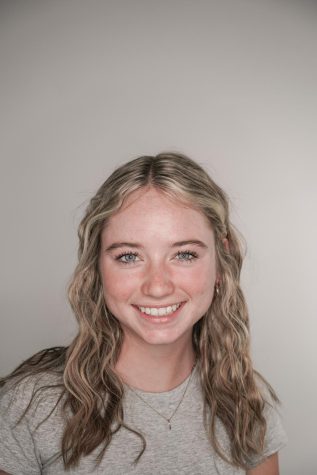
When Camille isn’t training for her next meet with her teammates, she can be found watching Grey's Anatomy for the third time. Her favorite pick me up is getting unicorn cake pops from starbucks with...





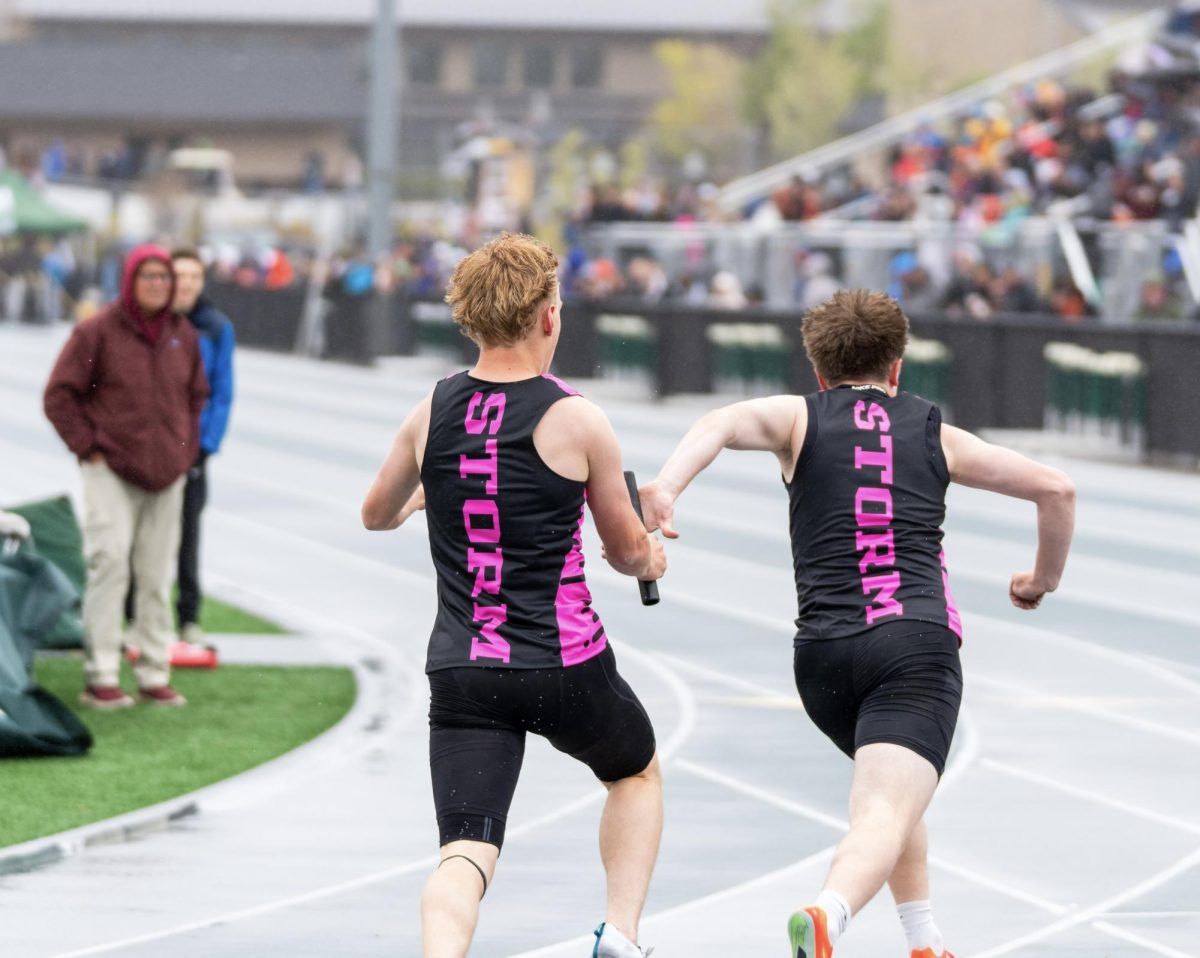
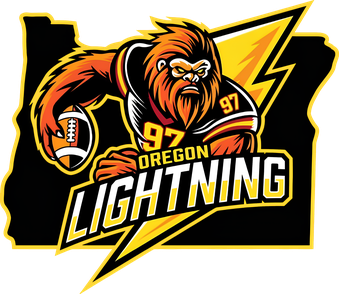

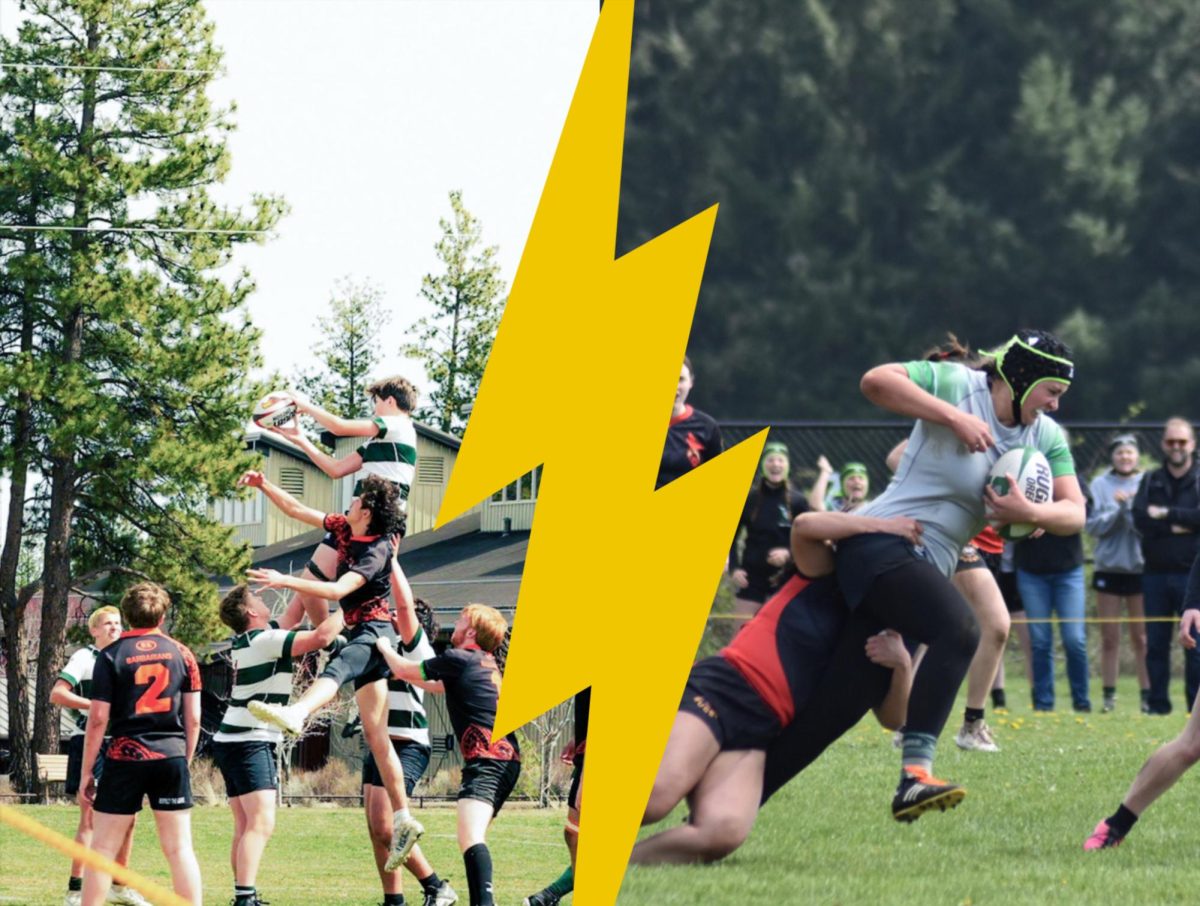
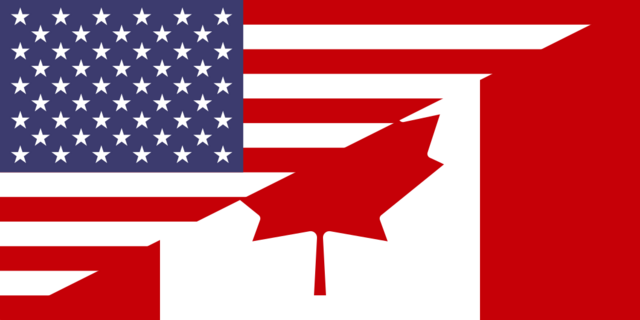
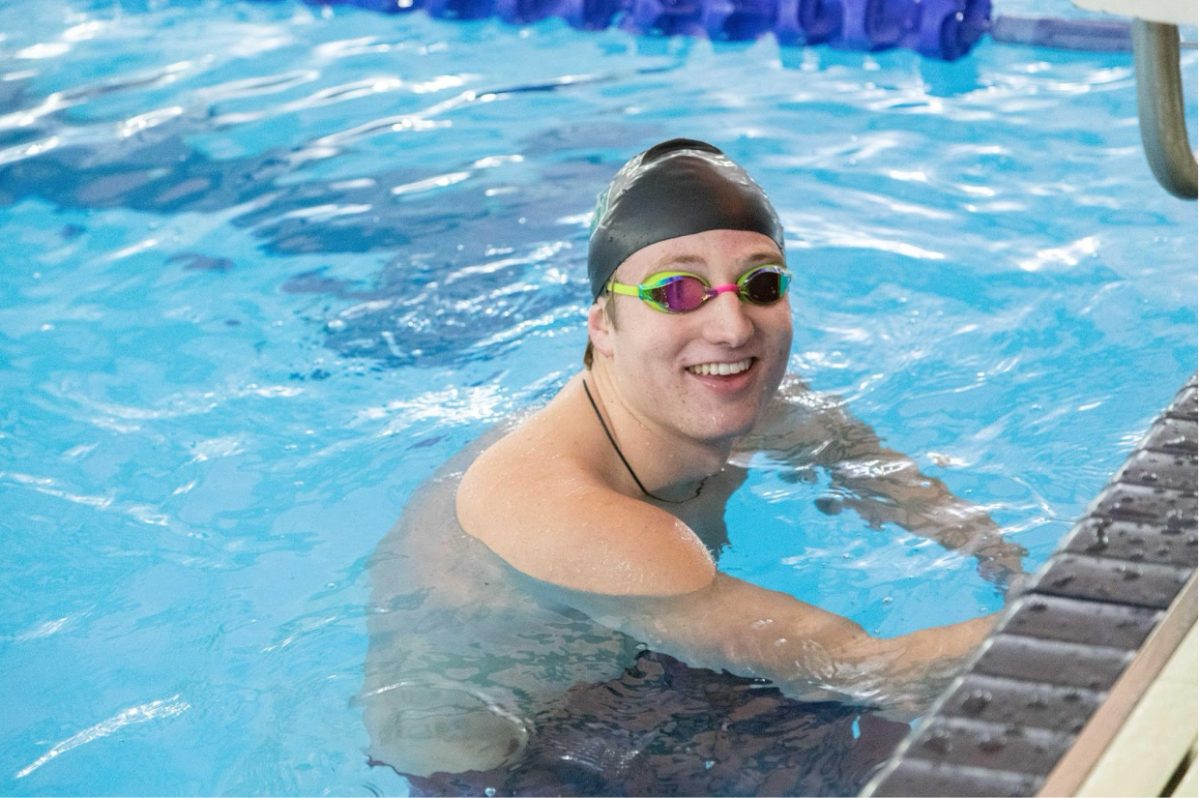

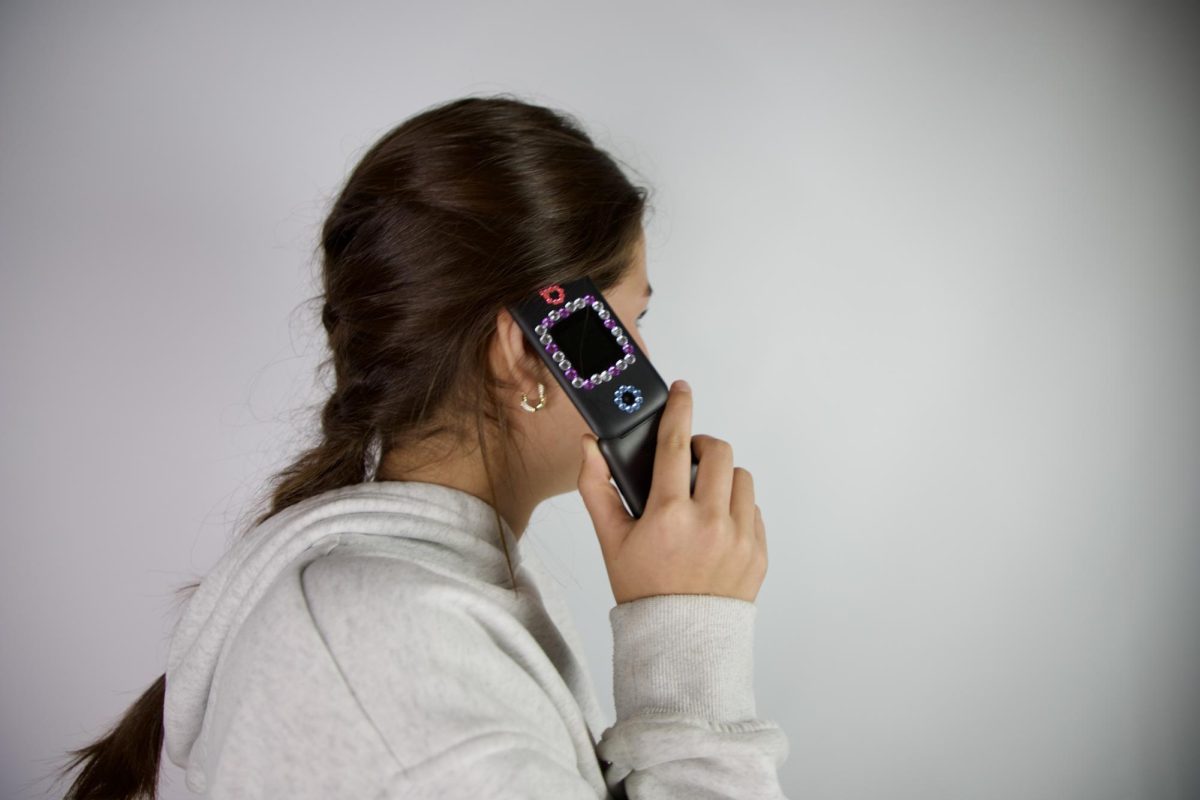
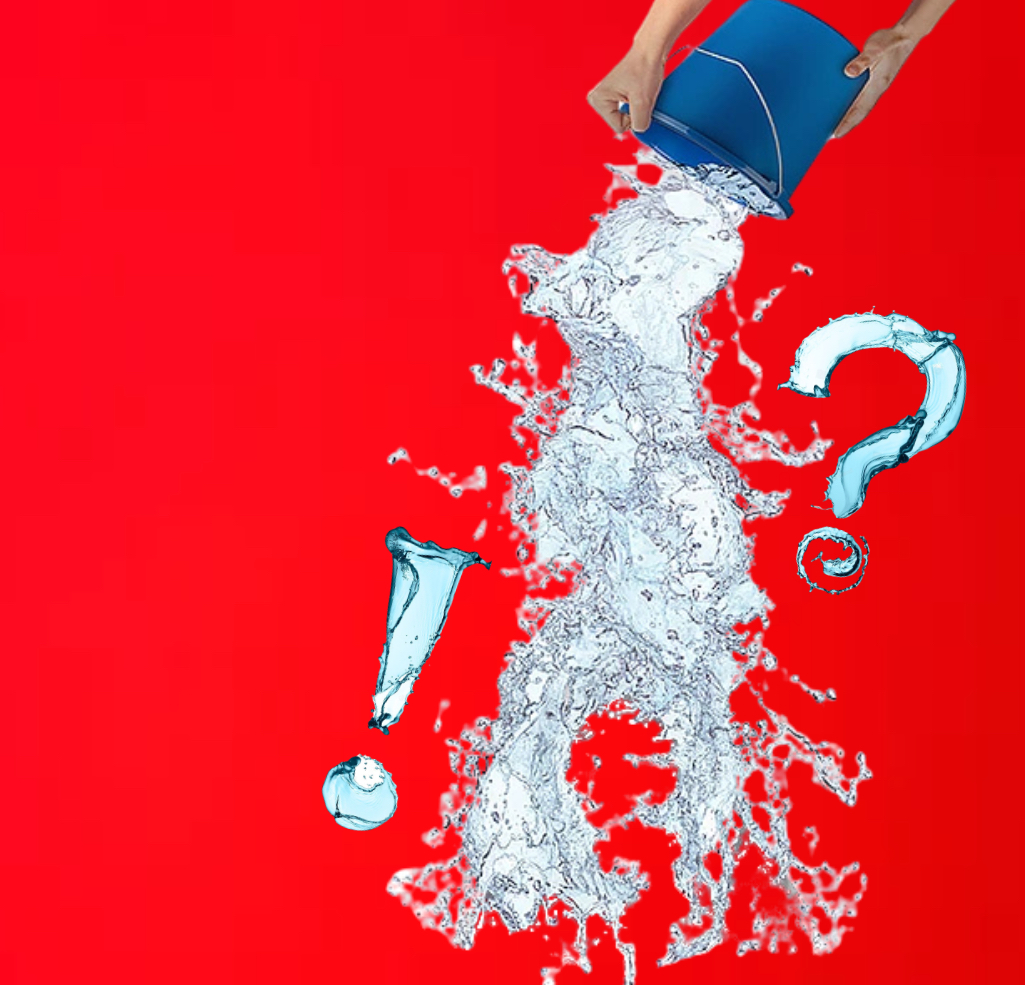

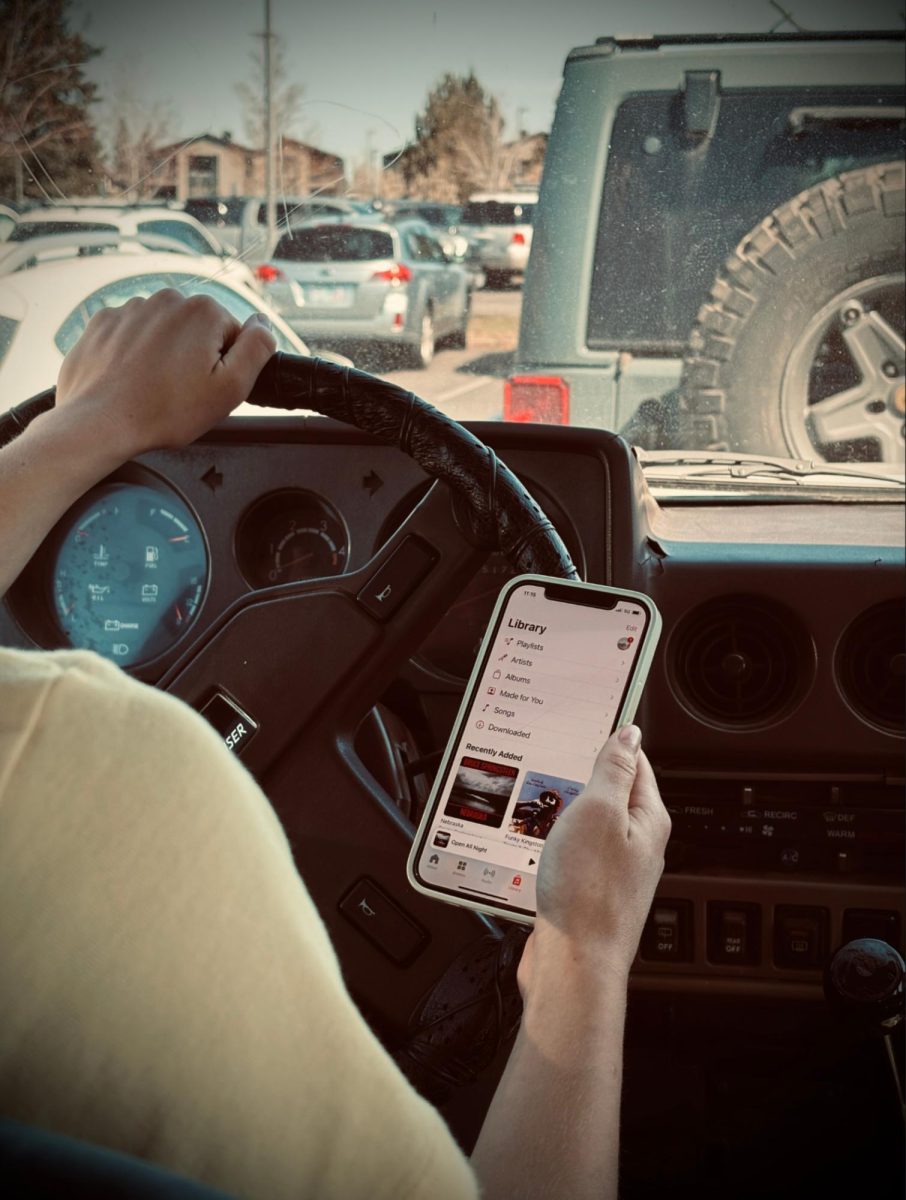
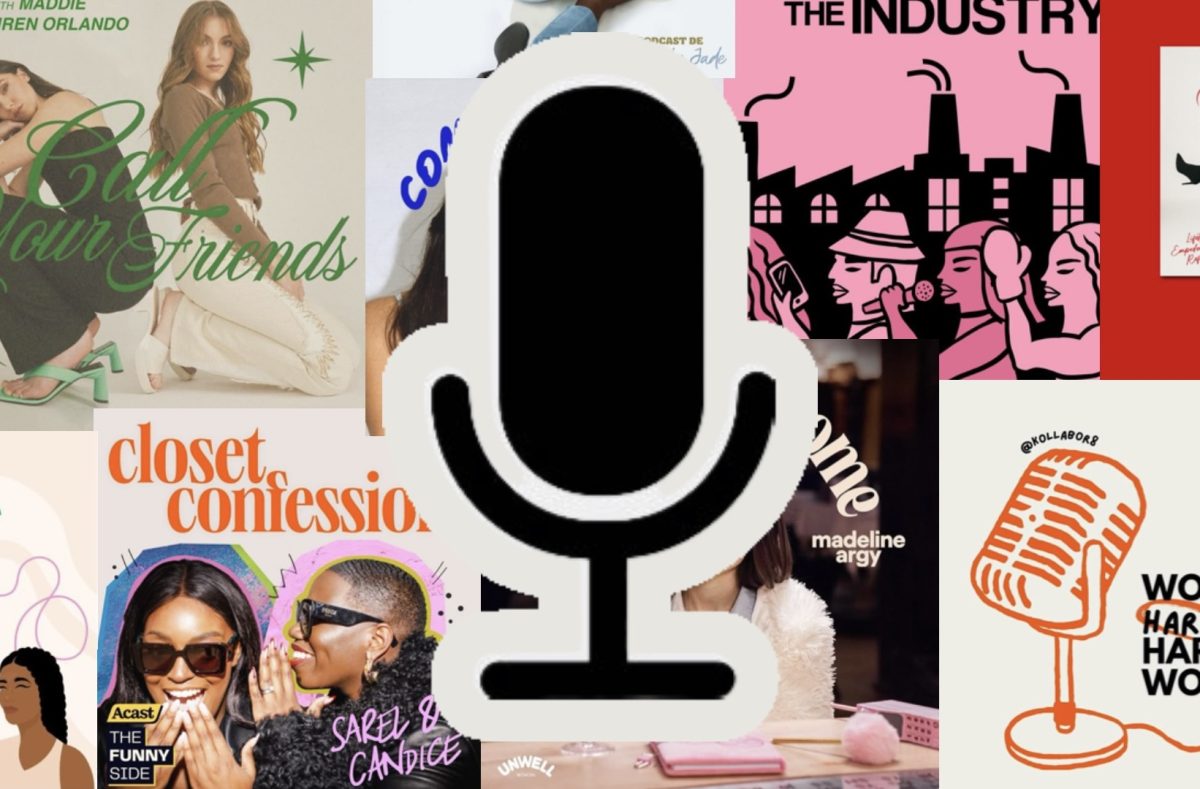
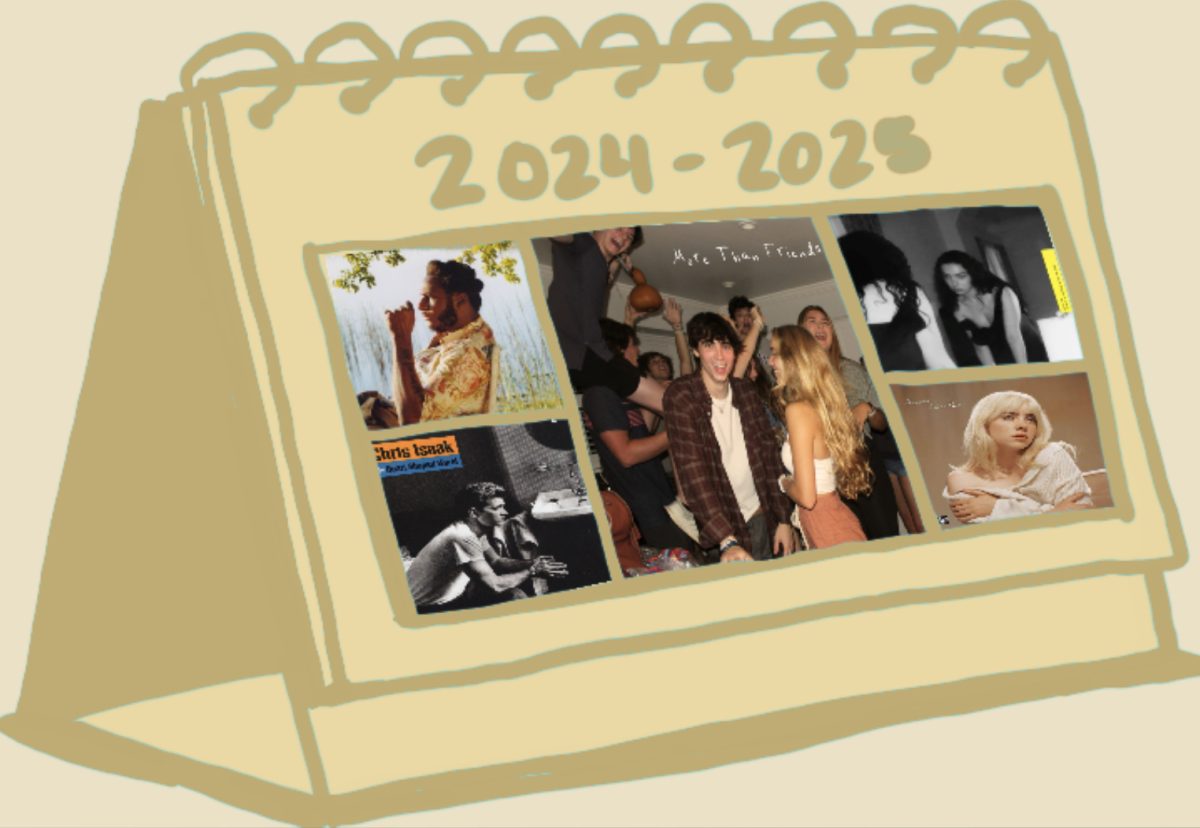
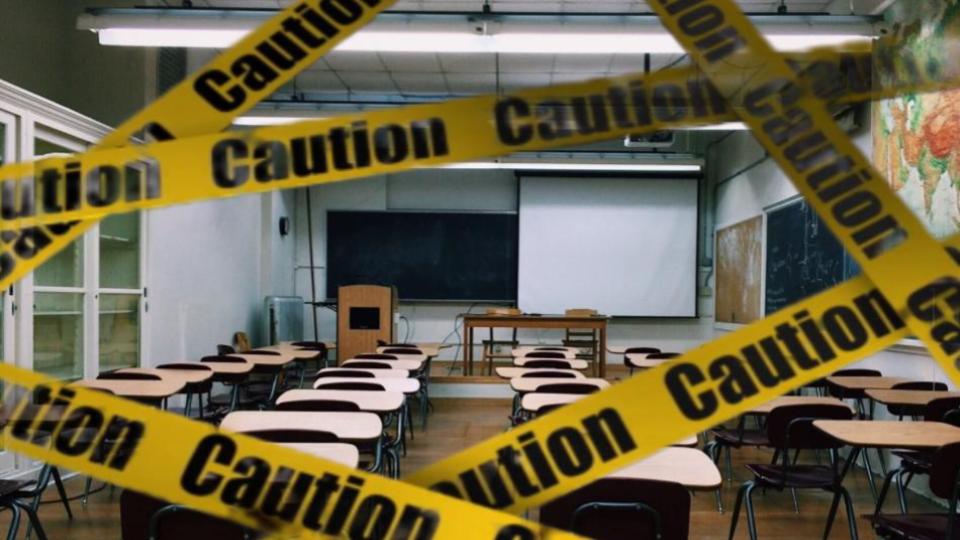
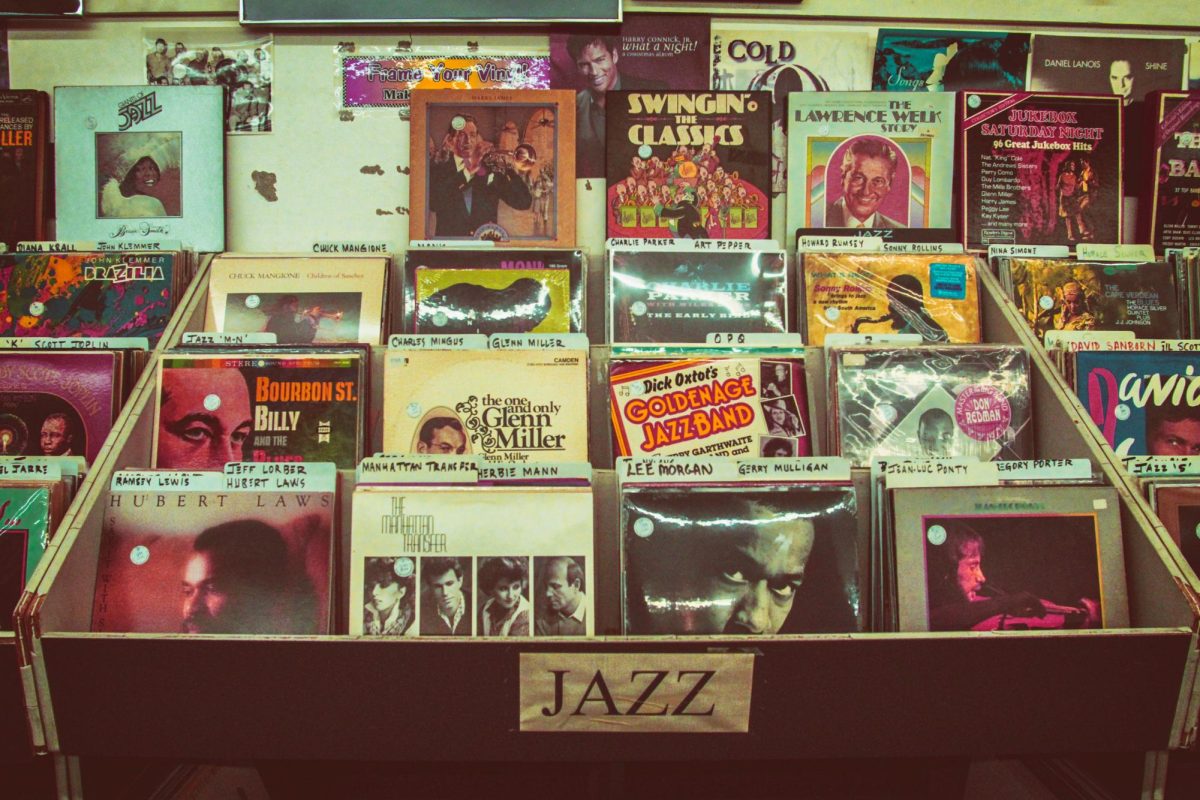
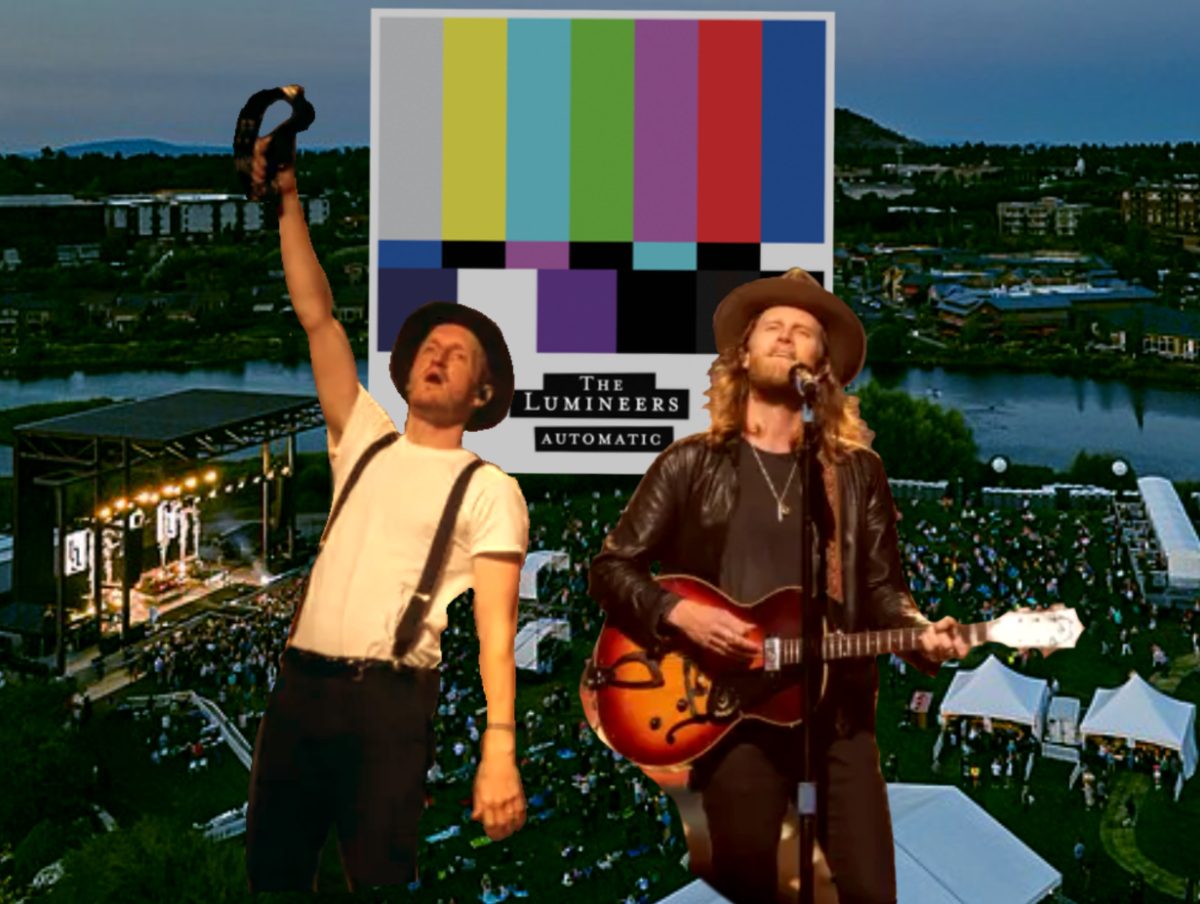
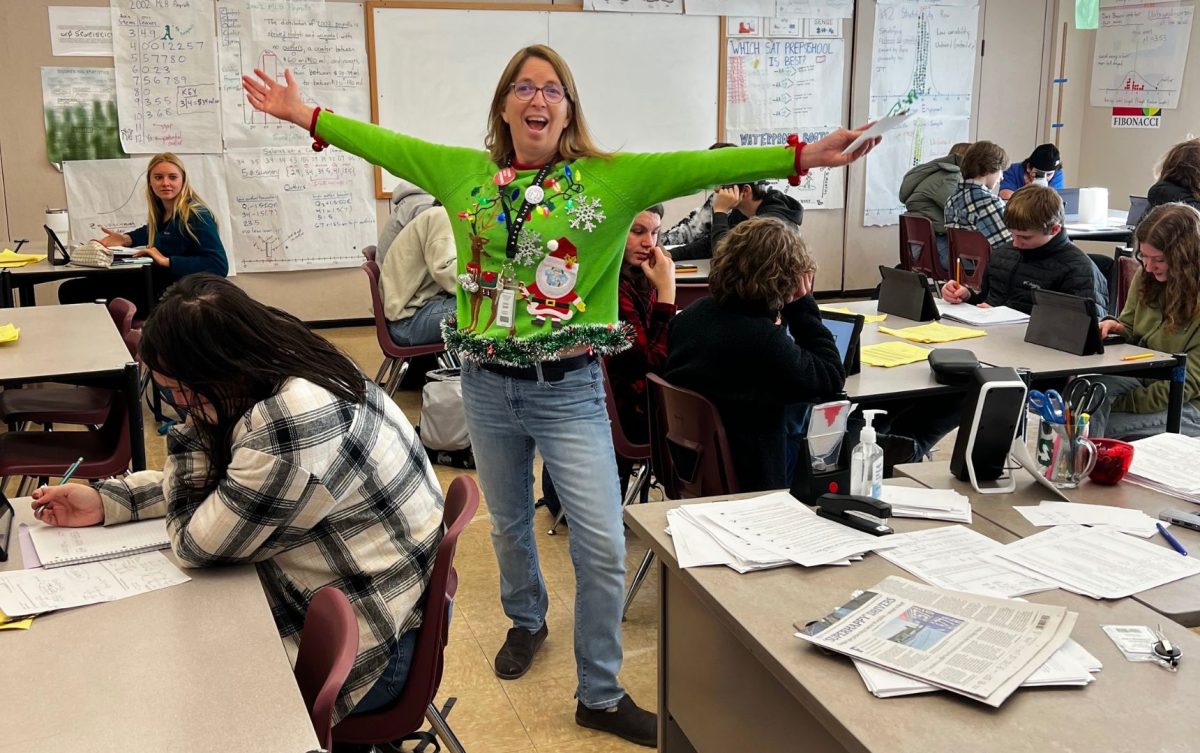
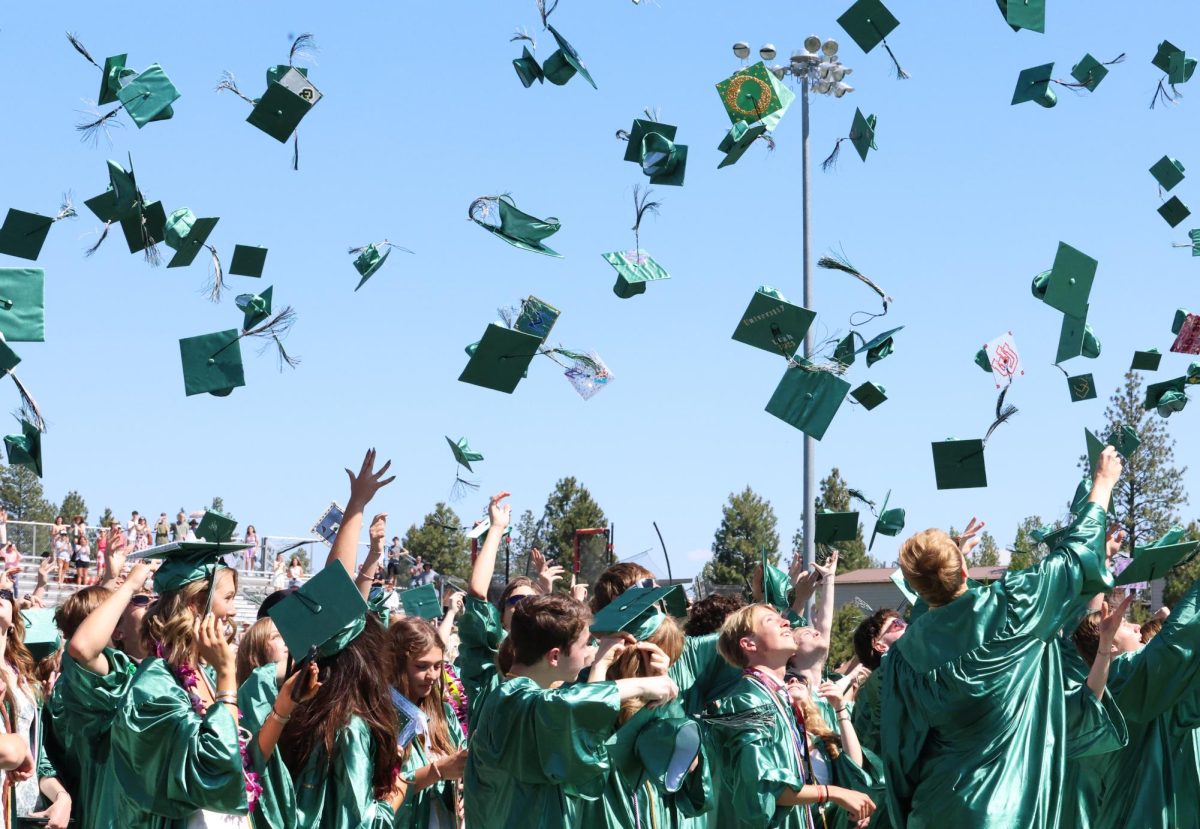
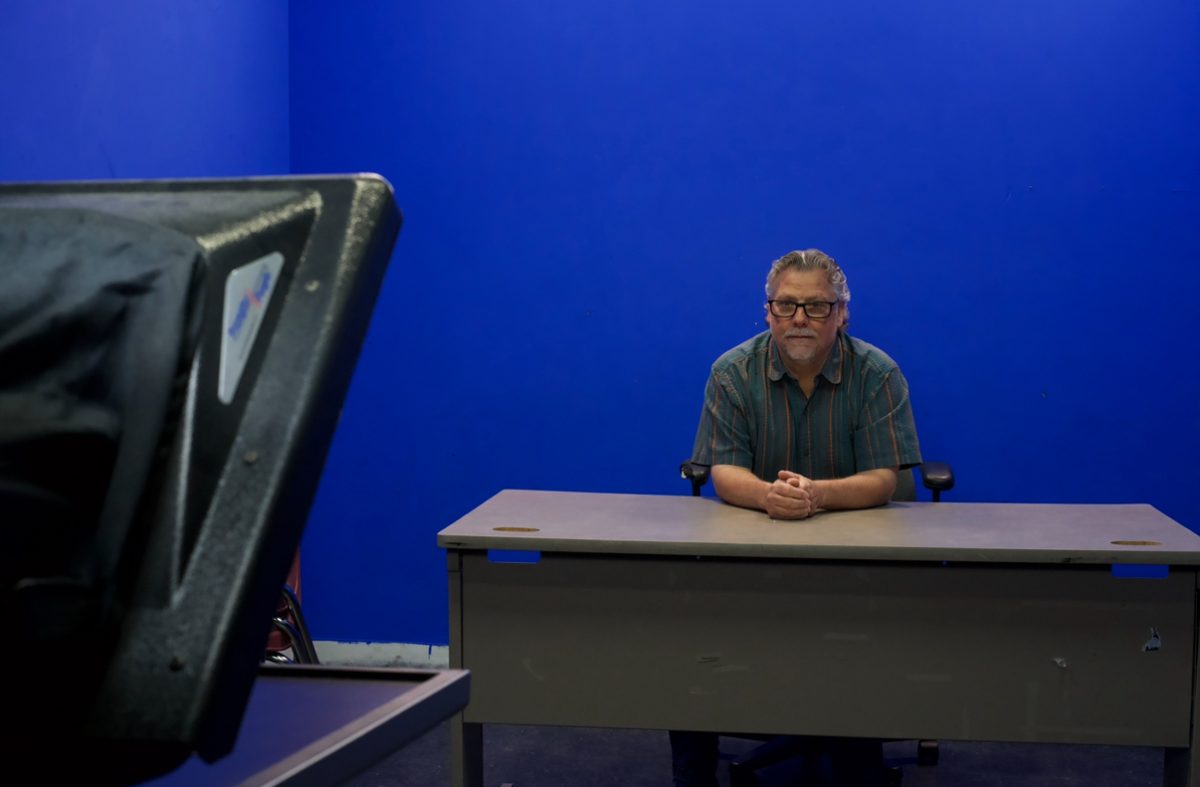
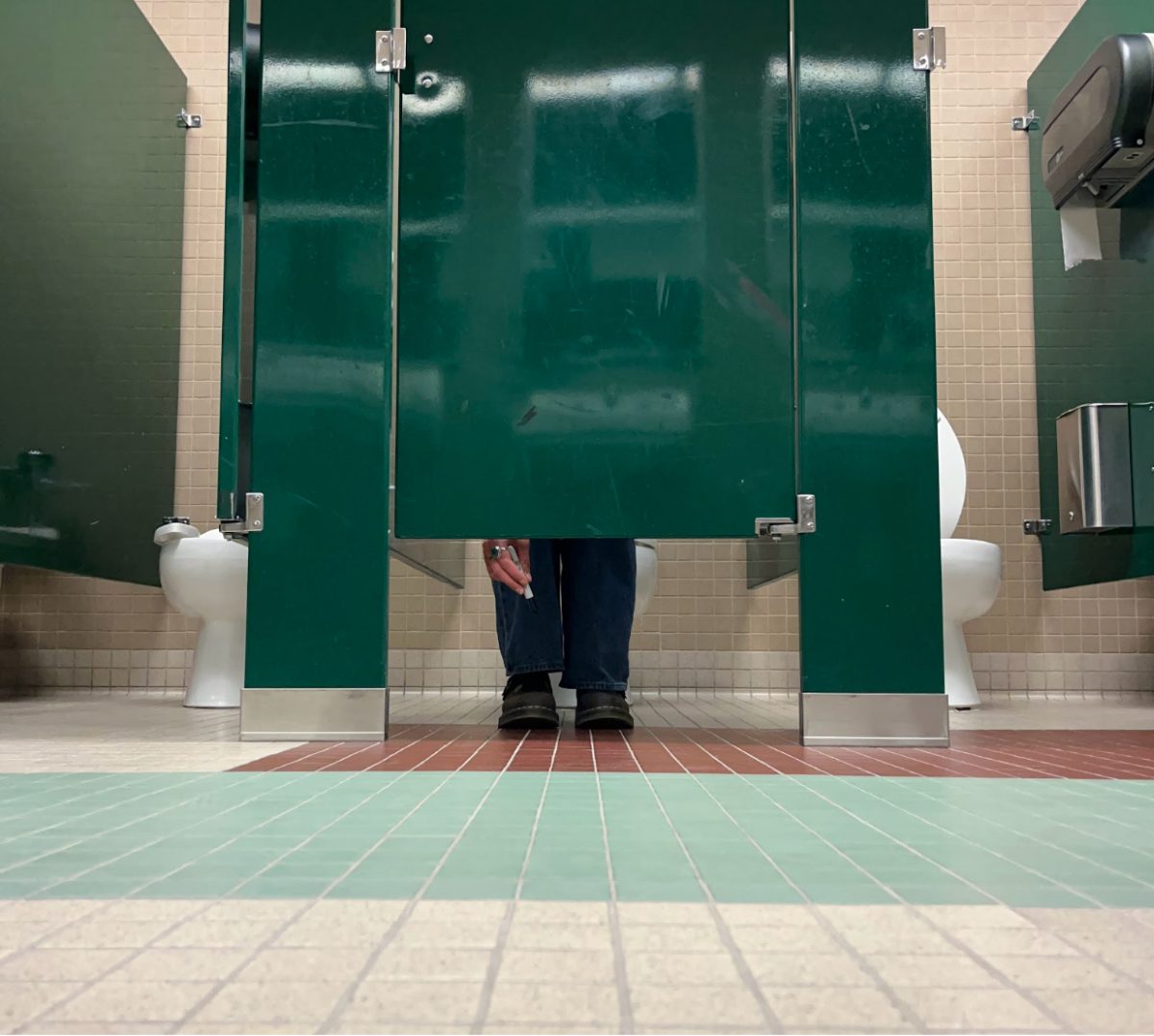
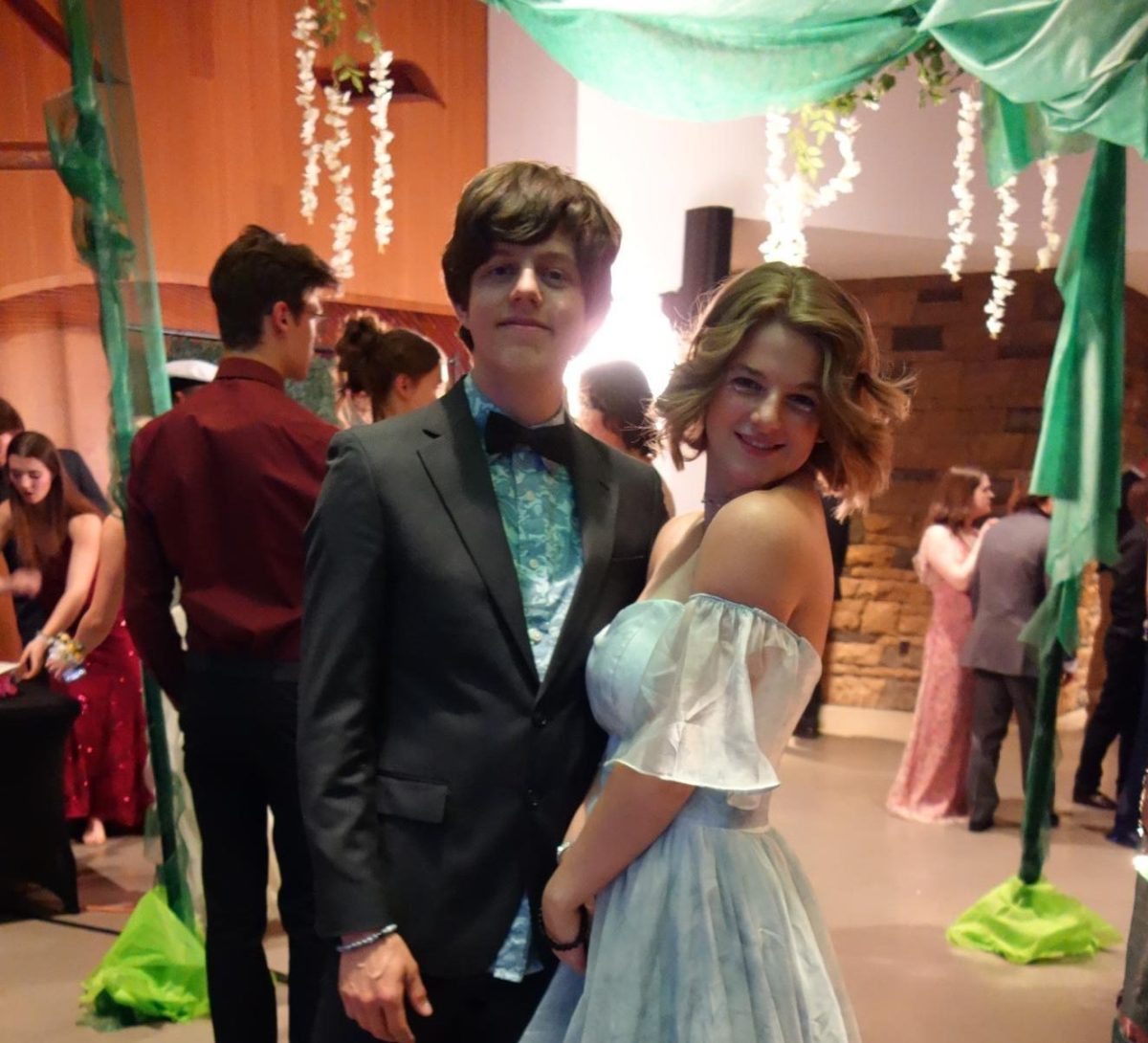
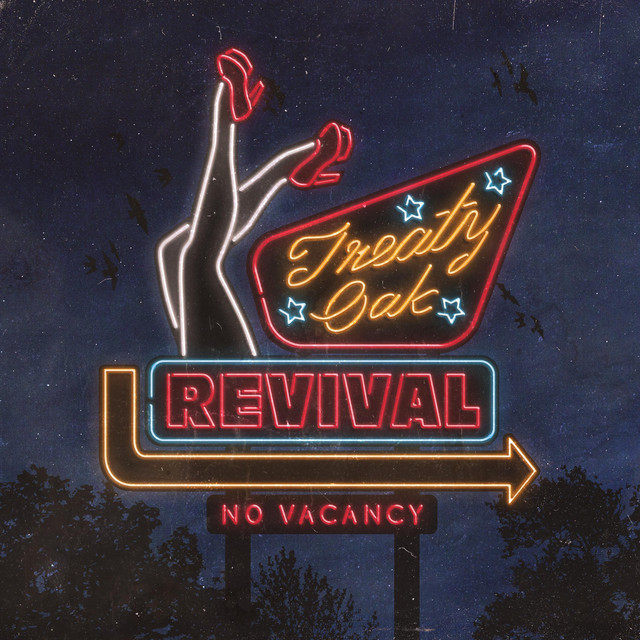
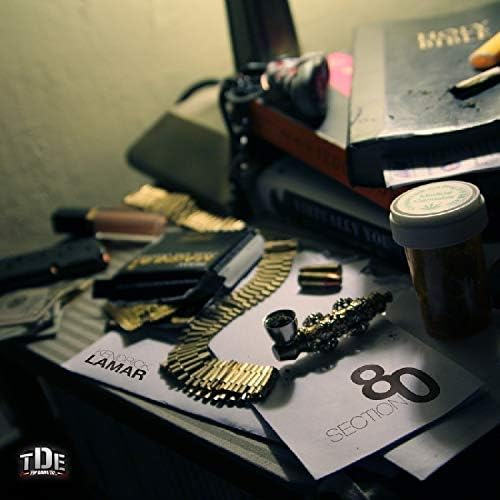
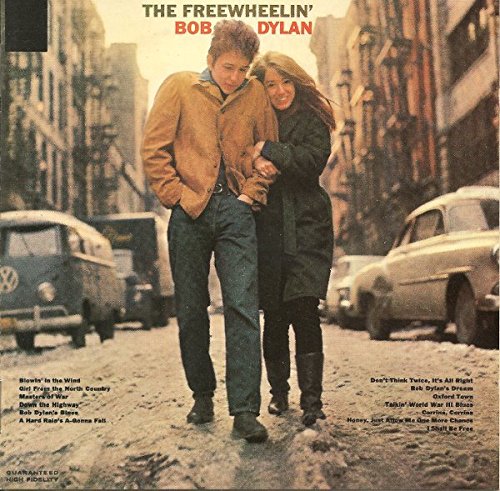
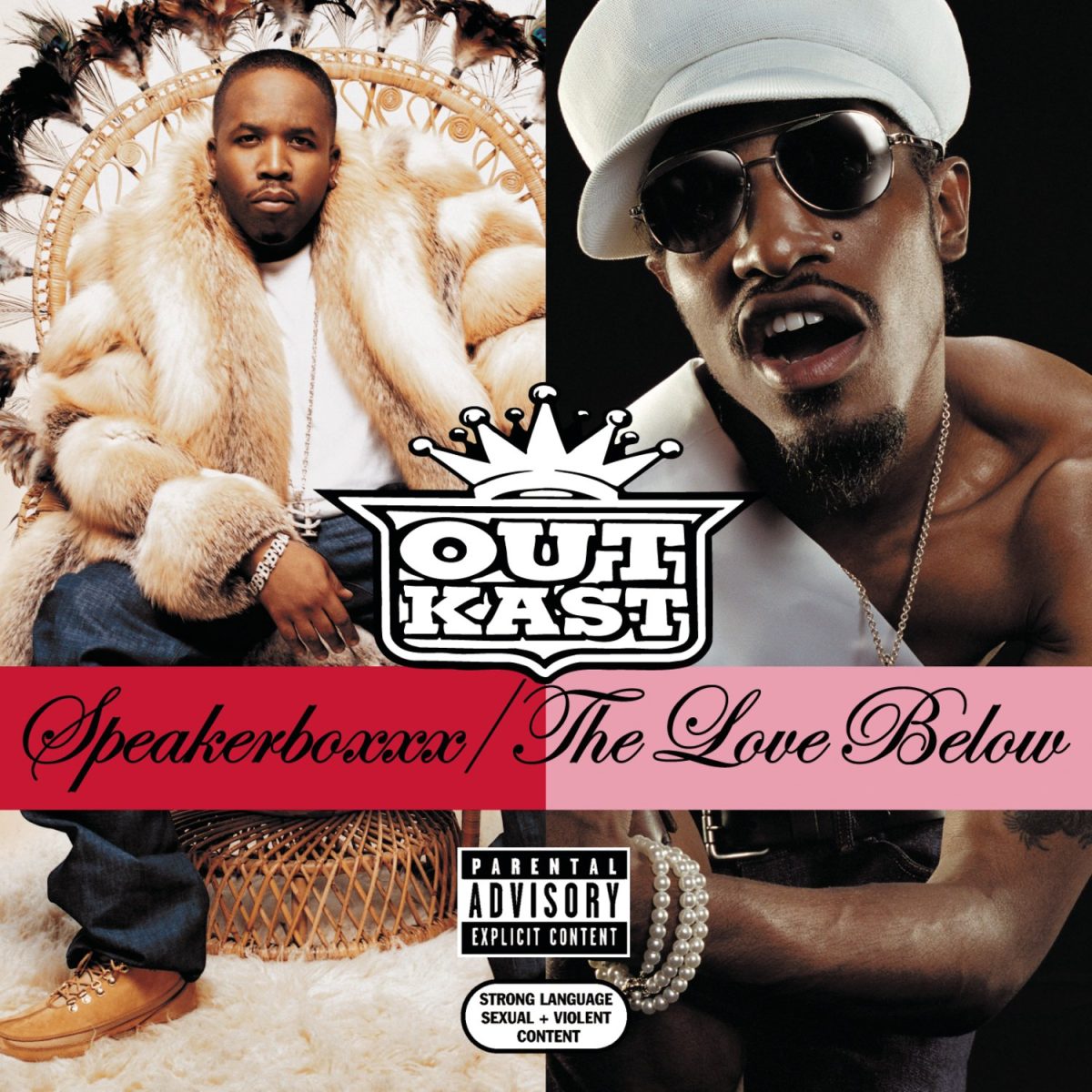

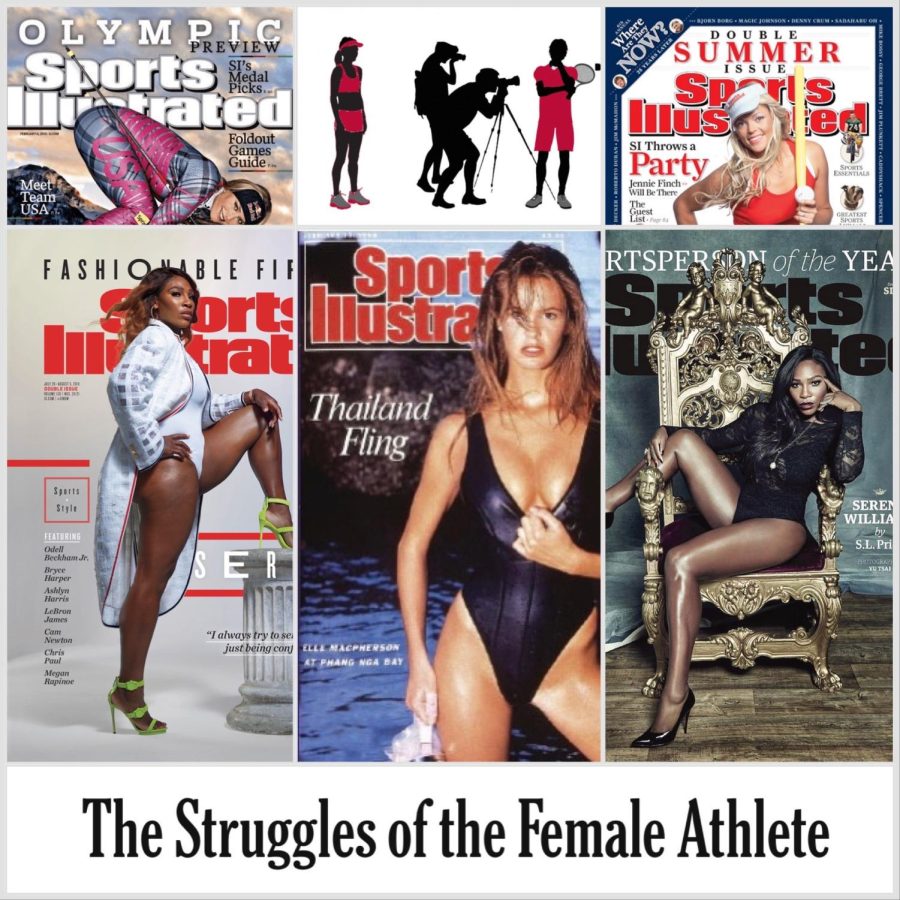
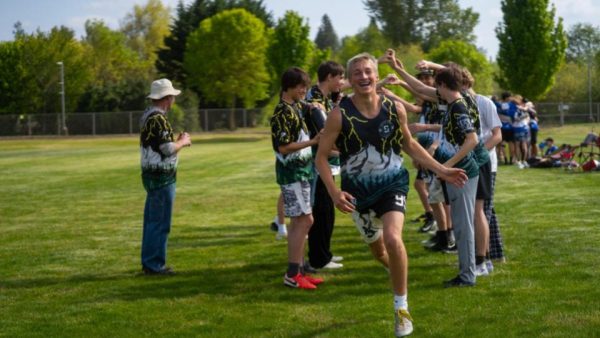
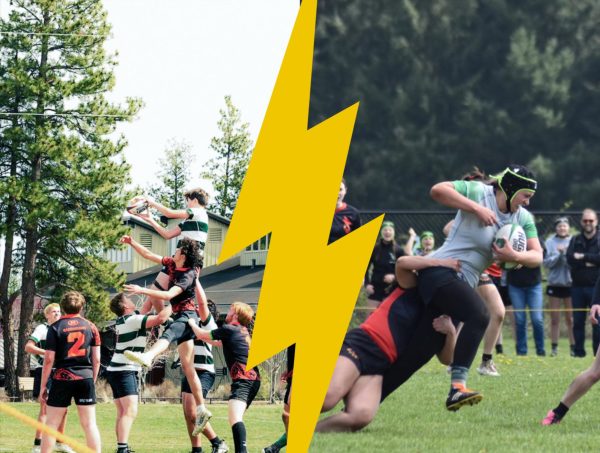

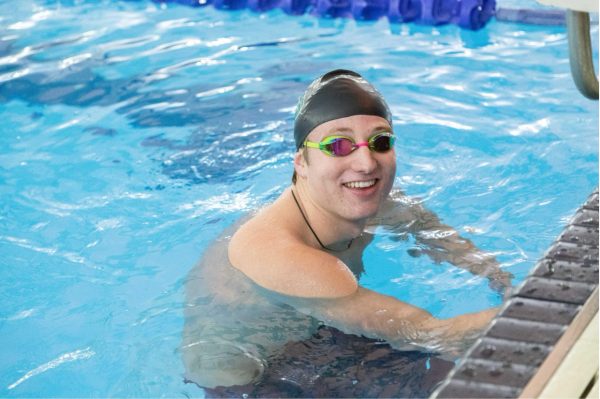
Jylan Maloy • Feb 2, 2023 at 11:29 am
Kudos, Camille. Thank you for this thought-provoking piece. This is a conversation that needs all the attention it can get.